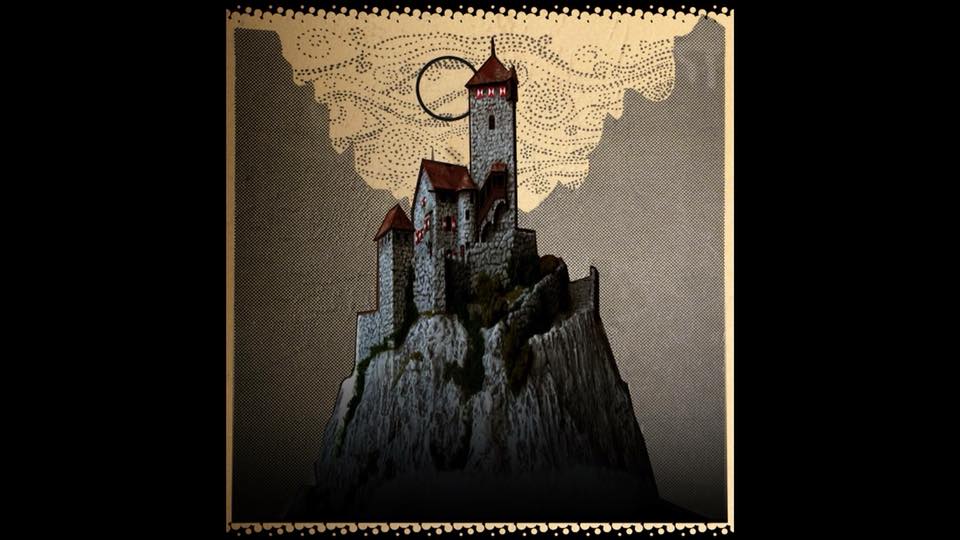
IN THE SHADOW OF THE SPIRE
SESSION 15C: THE TAINT OF GHUL
January 12th, 2008
The 6th Day of Kadal in the 790th Year of the Seyrunian Dynasty
MORNING SICKNESS
The next morning, Tee woke up early and was struck almost instantly by a wave of dizziness and nausea. She felt sick in both body and soul.
She woke Dominic, but he wasn’t able to find anything wrong with her. So she decided to cross Delver’s Square to St. Gustav’s Chapel and speak with Brother Fabitor. But, like Dominic, he wasn’t able to find anything wrong with her. She seemed perfectly healthy.
Frustrated and confused, Tee returned to the Ghostly Minstrel in time to join the others for breakfast. When she described what she was feeling, however, Ranthir suddenly spoke up: “Actually, now that you mention it, I haven’t been feeling well since we were exploring that strange temple yesterday.”
“And you didn’t say anything?” Tee was aghast.
“I didn’t think it was of import.”
Now they were all worried. Was the temple the ultimate source of Tee’s illness, as well? And, if so, would they all succumb to it eventually? And how bad would it get?
“It’s not a physical illness and it’s associated with Ghul’s Labyrinth,” Tee said. “Maybe somebody else has run into this before.”
“I could check at the Delver’s Guild Library,” Ranthir suggested.
“Good idea,” Tee said. “I’m supposed to be meeting with Mand Scheben at the Temple of Asche this morning. So I’ll meet up with you here for lunch? See what you’ve found?”
A CONVERSATION WITH MAND
When Tee reached the Temple of Asche, the priests took her directly to Mand’s office.
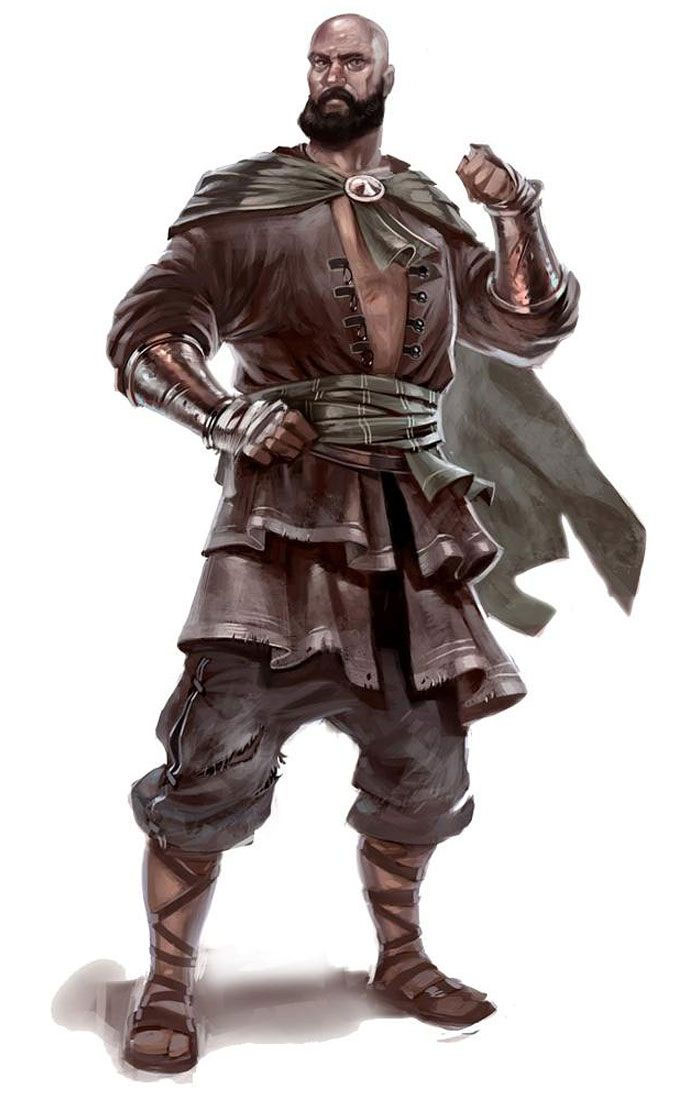 Tee had thought it was going to be difficult to explain what was troubling her, but she quickly found that she was gushing information: She told him all about the deal she had made with Malkeen (a detail that not even her comrades knew about) and then went on to describe her encounter with Malkeen the previous morning. This led her into an explanation of who Dullin was and how she had ended up sending him a note (although here, at least, she curtailed the explanation in much the same way she had with Malkeen himself).
Tee had thought it was going to be difficult to explain what was troubling her, but she quickly found that she was gushing information: She told him all about the deal she had made with Malkeen (a detail that not even her comrades knew about) and then went on to describe her encounter with Malkeen the previous morning. This led her into an explanation of who Dullin was and how she had ended up sending him a note (although here, at least, she curtailed the explanation in much the same way she had with Malkeen himself).
Mand was concerned. Malkeen was dangerous, and he was certain that Lord Zavere had never meant for them to attract that kind of attention. He promised Tee that he would bring the matter up with Zavere as soon as possible.
After leaving Mand’s office, Tee felt twisted up inside: She wasn’t sure if she’d done the right thing. She certainly wasn’t happy with all the information that had spilled out of her. But it was what it was. She’d have to live with it.
THE SHADOW OF TAINT
Tee returned to the Ghostly Minstrel. About an hour later, Ranthir came back, as well.
The news wasn’t good: Based on the description of their symptoms and the events surrounding it, Ranthir suspected that they were suffering from a phenomenon known as “taint”. Taint was a perversion of the natural order – a corruption so profound it warped the very nature of reality. It was a manifestation of extreme evil or chaos concentrated into a single creature, artifact, ritual, location, or act.
Ranthir suspected that the temple they had explored was a tainted place. It was also possible that some of the items they had taken from the Labyrinth were tainted themselves (which would explain why Tee didn’t begin manifesting symptoms until hours later).
“How can we know for sure?” Tee asked.
“Certain divination spells – particularly those which can detect the presence evil or chaos – can detect the taint,” Ranthir said.
Dominic said that he would be able to pray for such divinations in the morning, but Tee wasn’t willing to wait. She marched them all straight back to the Temple of Asche.
Mand was surprised to see that Tee had come back so quickly, but when he heard the situation he quickly summoned in one of the other priests and had him perform the appropriate rites.
These confirmed their fears: Tee and Ranthir had been touched by the taint, which clung to them like a miasma. In addition, several of the objects that Tee carried proved to be tainted themselves – specifically the two cube-like hunks of metal; the small box of metallic discs (specifically the discs themselves); the glass sphere filled with blackish liquid; and the twenty arrows of milky-white glass.
Mand Scheben knew that there were holy rites that could cleanse the taint out of them, but they would be expensive – even with the favored status in which the Temple of Asche held them. (There were lesser rites that wouldn’t be so expensive – but they would leave some residue of the taint behind.)
In fact, the only way they could afford the more expensive rituals would be with the money they were going to get for the gemstones Tee had consigned to Edarth’s the day before. They hadn’t been paid for that consignment yet, but they would be soon enough. Tee asked Mand if the proper rites could be prepared for the next day. Mand agreed.
Tee also asked him if the church would be willing to take the tainted objects from them. But at this Mand balked: He would have to consult with the elders of the church before agreeing to such a thing. Tee was frustrated by this – “You’re a church! That’s what you’re supposed to do!” – but really had no choice in the matter.

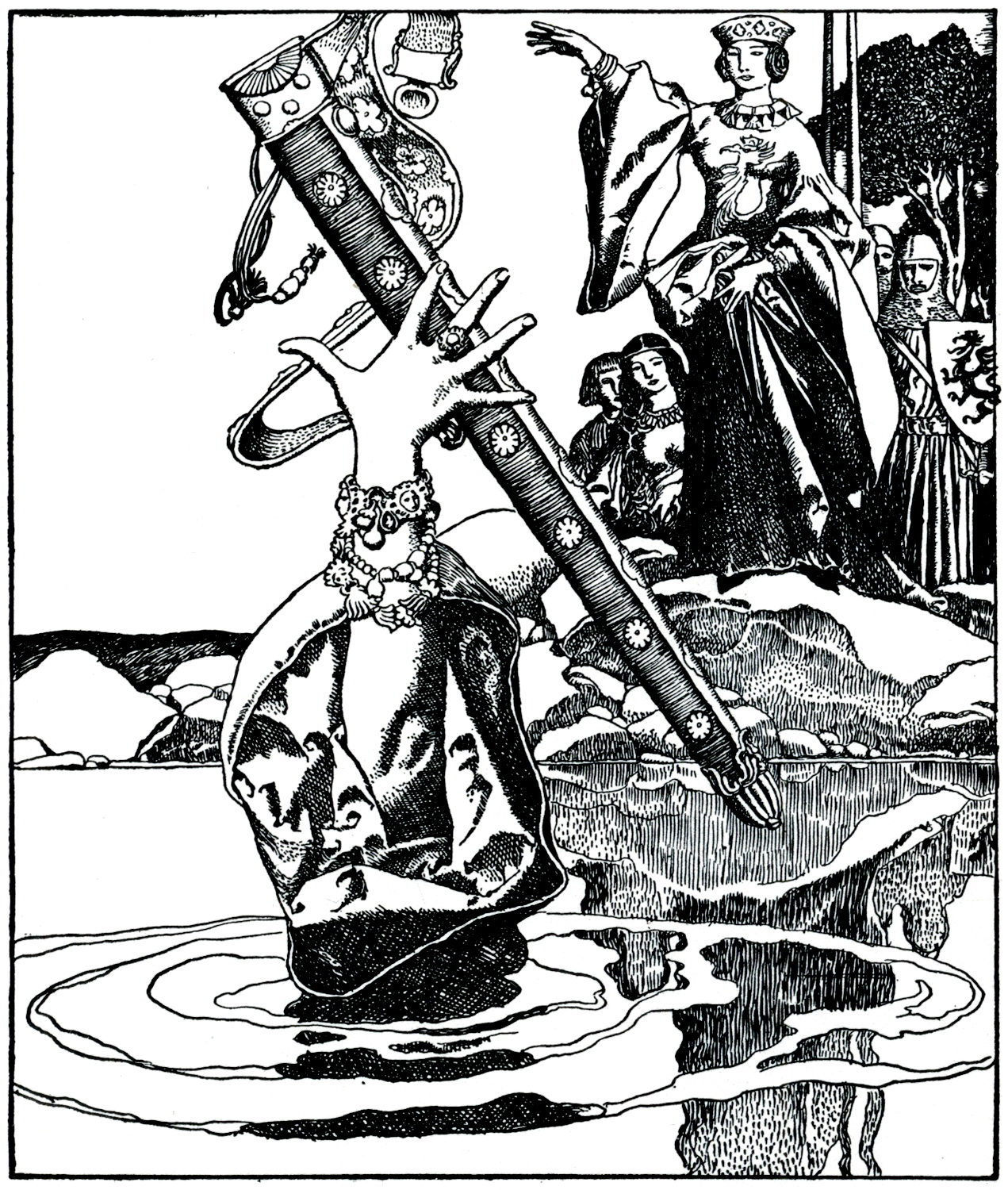
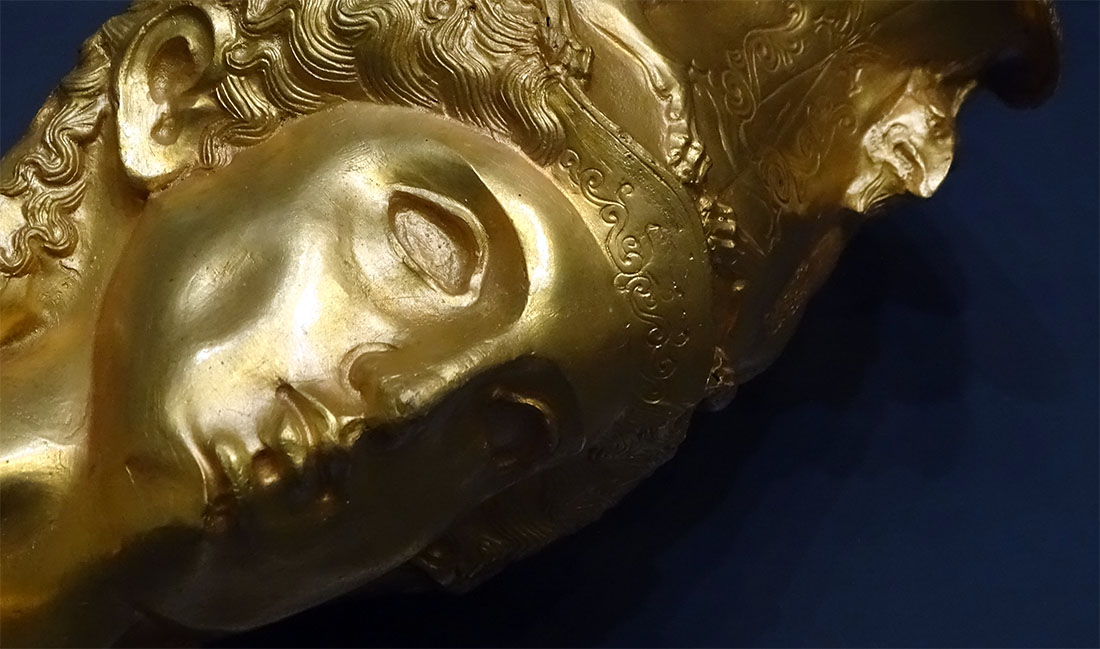
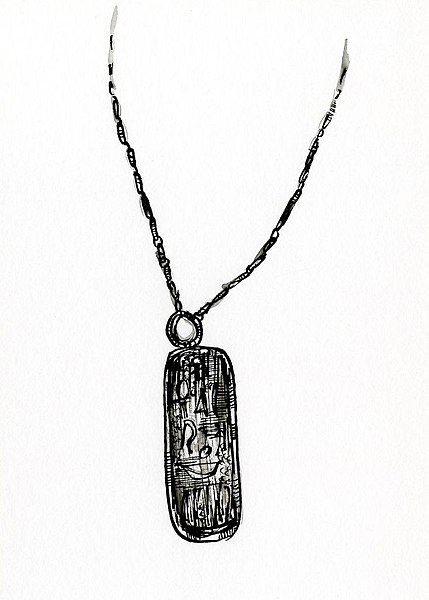

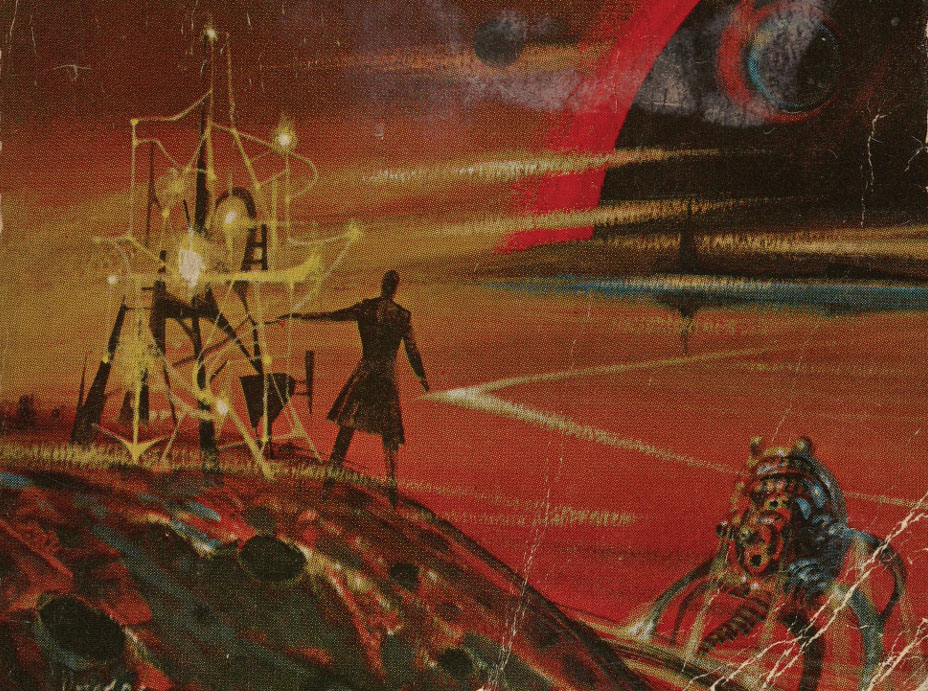
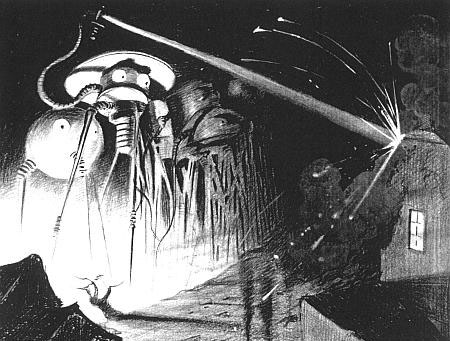
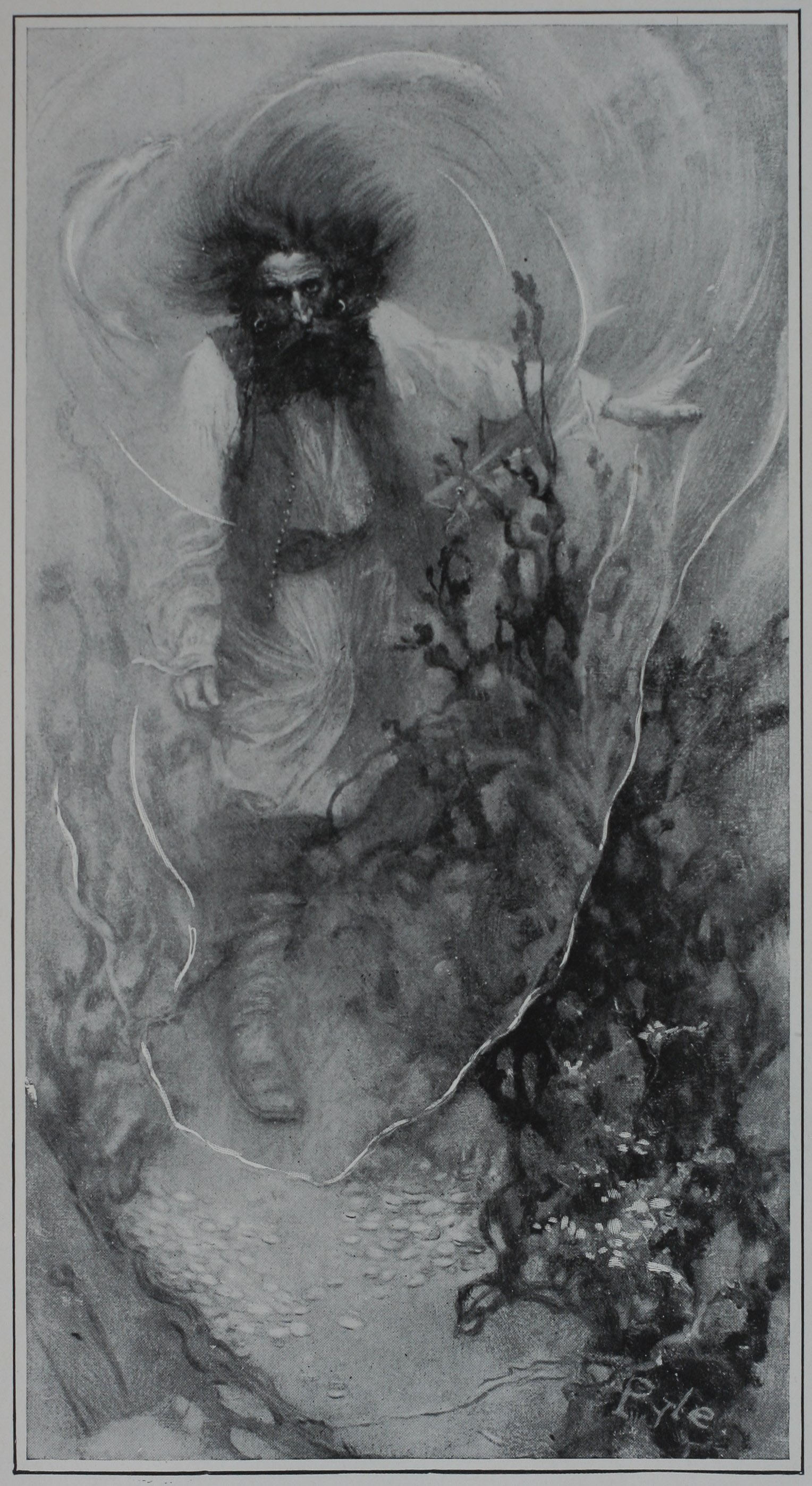 Ghosts of the Library: These are the spirits of the noblemen who were slain by the Weasel when he sought to betray Blackmoor to the Egg of Coot. Only glimpses are seen, for it is said they are still bound to the Library in some strange way. They cry out for release.
Ghosts of the Library: These are the spirits of the noblemen who were slain by the Weasel when he sought to betray Blackmoor to the Egg of Coot. Only glimpses are seen, for it is said they are still bound to the Library in some strange way. They cry out for release.